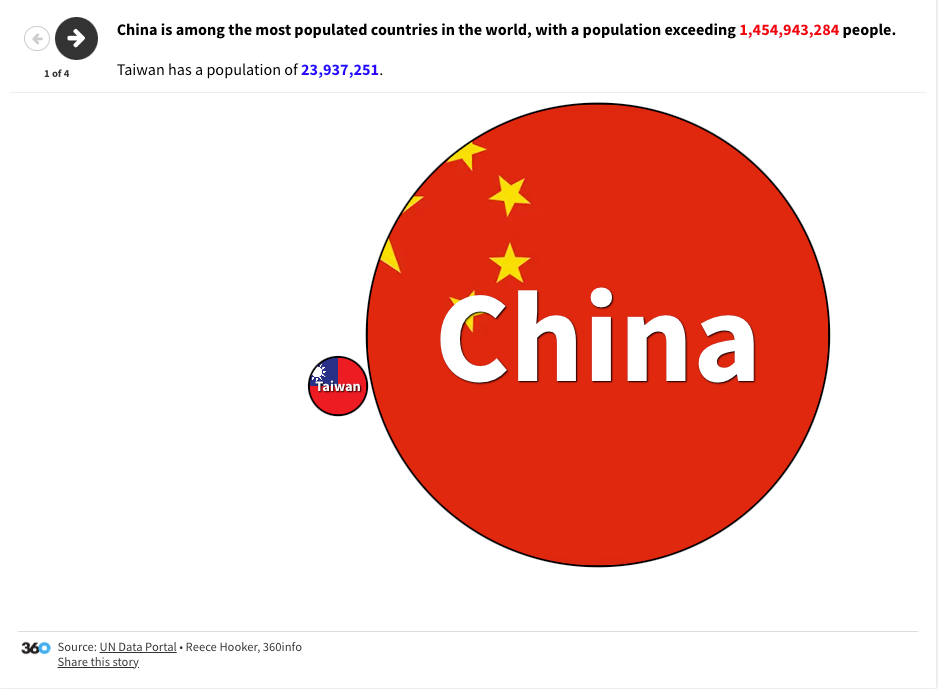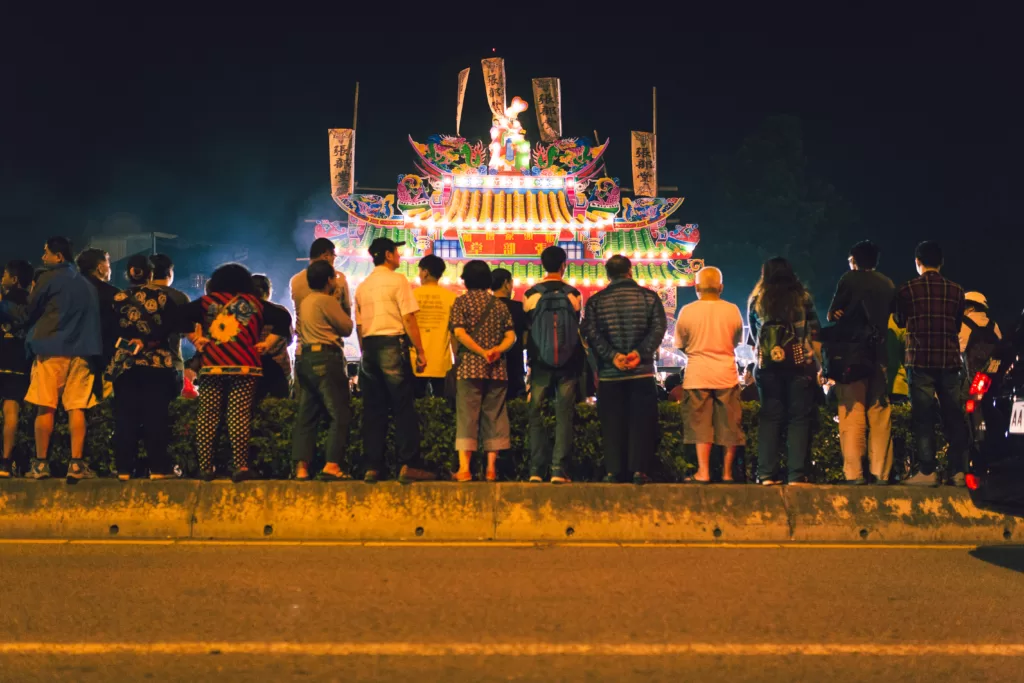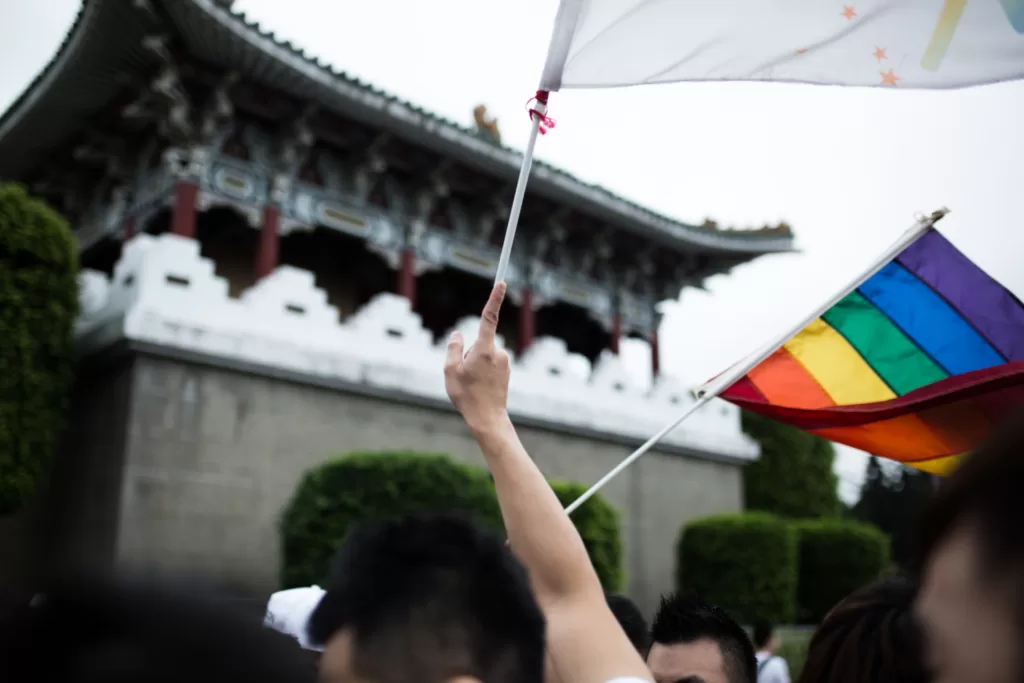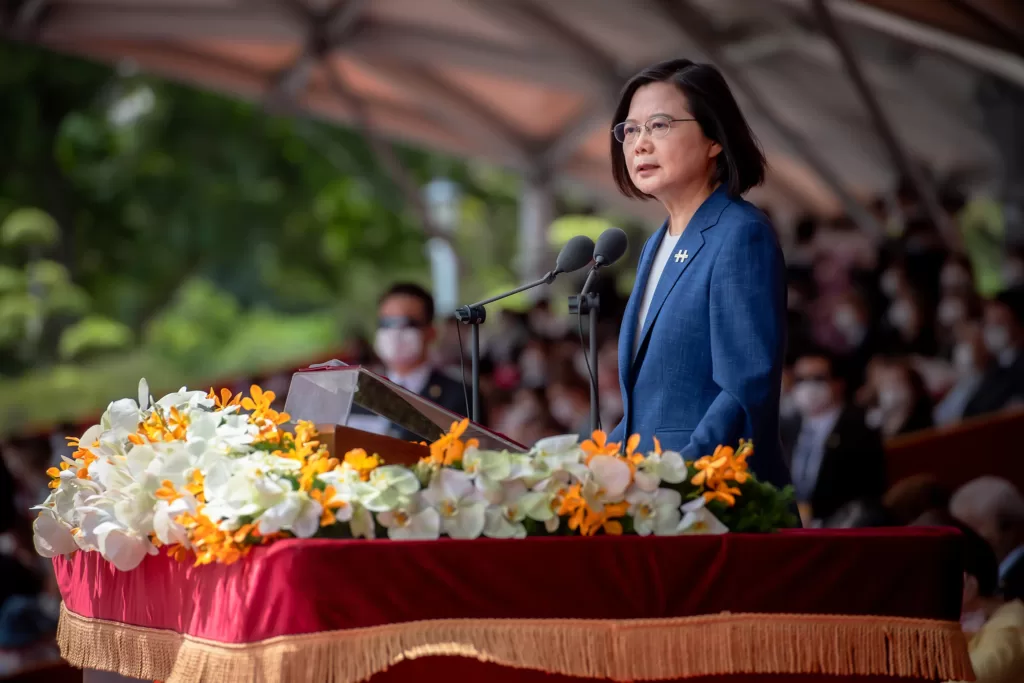We use cookies to improve your experience with Monash. For an optimal experience, we recommend you enable all cookies; alternatively, you can customise which cookies you’re happy for us to use. You may withdraw your consent at any time. To learn more, view our Website Terms and Conditions and Data Protection and Privacy Procedure.
Taiwan’s quest for legitimacy
Published on April 27, 2023On the heels of losing another diplomatic ally, Taiwan continues to win friends and influence others in the only way it knows how: through its soft power.
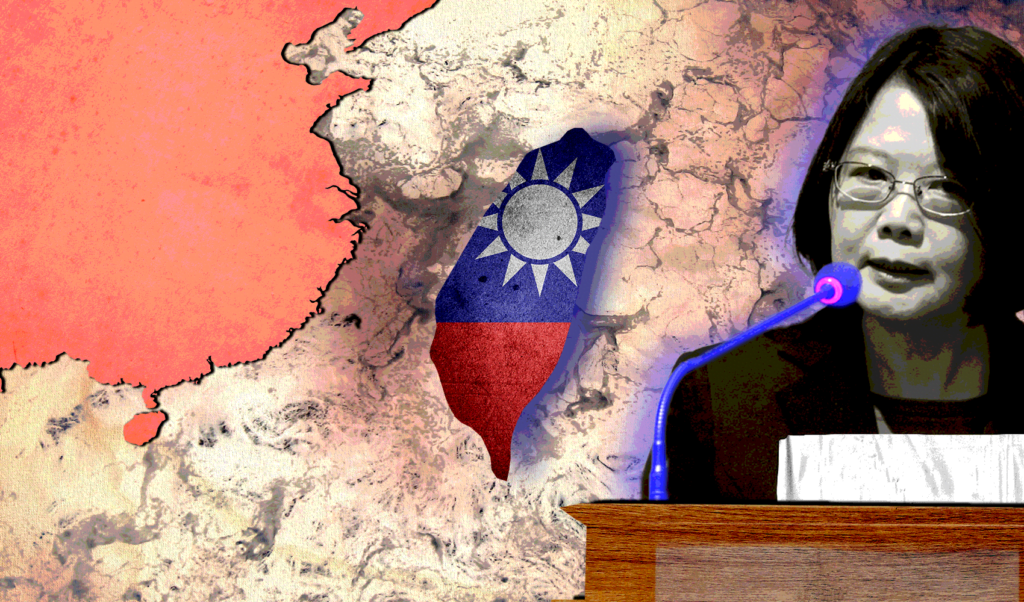 Despite losing allies, it’s unlikely Taiwan’s international influence will wane any time soon, according to experts. : Michael Joiner, 360 info CC BY 4.0
Despite losing allies, it’s unlikely Taiwan’s international influence will wane any time soon, according to experts. : Michael Joiner, 360 info CC BY 4.0
On the heels of losing another diplomatic ally, Taiwan continues to win friends and influence others in the only way it knows how: through its soft power.
In this Special Report
- Is Taiwan still a beacon of democracy?
- Taiwan’s soft power hard for Beijing to match
- Taiwan is reinventing how diplomacy works
For many countries, the concept of ‘One China’ represents a distant diplomatic stoush that is best left alone. For Taiwan, it’s an existential threat.
This threat has never been more apparent than last week, when the Chinese navy, the world’s largest, conducted encirclement drills around the small island nation as a “serious warning” to pro-independence politicians in Taipei.
But while China continues to expand its presence and influence in the North Pacific and beyond, Taiwan’s list of allies is dwindling.
Taiwan currently maintains official diplomatic relations with just 13 countries, having lost nine allies in the past seven years. And this month, it might lose another, pending results of elections in Paraguay.
“The lack of formal diplomatic allies contributes to what we might call the ‘disabling environment’ in which Taiwan exists,” said Gary Rawnsely, Professor of Public Diplomacy at the University of Lincoln.
“It is not a member of the United Nations — no one can enter the UN buildings in New York or Geneva using a Taiwan passport for identification.”
Alliances allow countries to coordinate offensive and defensive military actions and share costs. But most importantly, they signal a commitment to working together based on shared interests.
For Taiwan, alliances also mean acknowledgment of its legitimacy, as China claims Taiwan as its own under the ‘One China’ policy.
Taiwan has been independently governed since 1949, but Beijing has repeatedly claimed it will “unify” the island even if this means using force.
There has always been an understanding that China will eventually come after Taiwan’s formal allies and convince them to switch sides, according to Adnan Rasool, assistant professor of political science at The University of Tennessee at Martin.
“So Taiwan needed another way to maintain its relationships,” he said.
Taiwan’s foreign policy goes beyond traditional diplomatic norms in the form of “smart diplomacy” — a “mix of soft power and niche expertise … [focusing] on building business-to-business as well as people-to-people relationships.”
For example, Taiwan’s use of digital and social media during Tsai Ing-wen’s presidency has been on opposite sides of the spectrum from China’s heavily censored global media platforms.
Under President Tsai, the expansion of Taiwan’s Southbound Policy represents a significant economic, political and cultural push to strengthen the shared values across the region and grow Taiwan’s influence, according to Professor Rawnsley.
Taiwan’s democratic position — a huge soft power drawcard — places it in stark contrast to the mainland, particularly under Chinese President Xi Jinping’s regime.
“Taiwan’s democratic rule is frequently a factor in justifying security commitments — it adds a moral consideration on top of Taiwan’s strategic location and crucial role in the global manufacturing of semiconductor chips,” said Jie Chen, associate professor at the University of Western Australia.
As Taiwan braces itself to potentially lose another ally, experts said it’s unlikely that Taiwan’s international influence will change any time soon, despite China’s efforts and military might.
Editors Note: In the story “TAIWAN SOFT POWER” sent at: 24/04/2023 10:38.
This is a corrected repeat.



